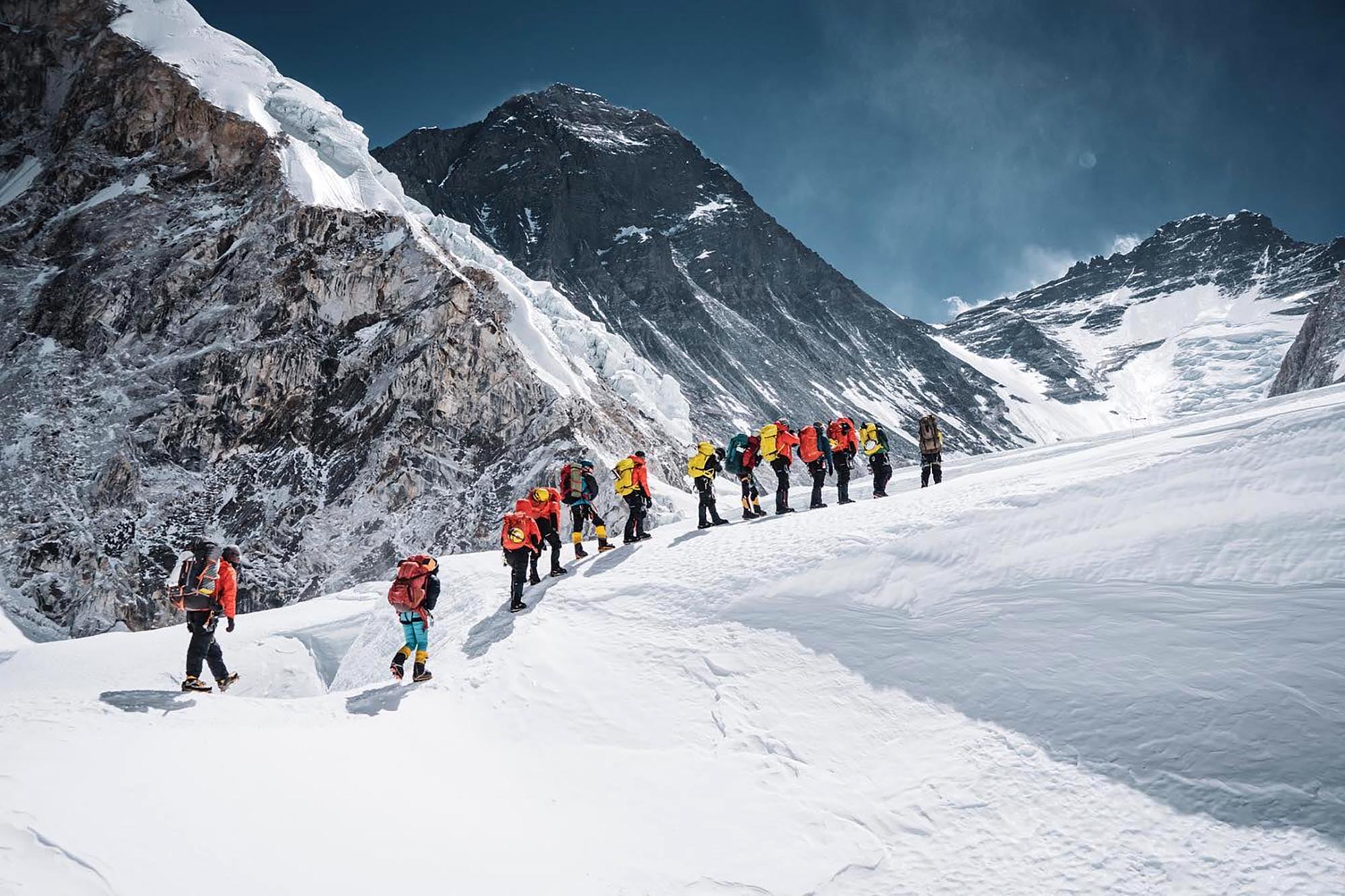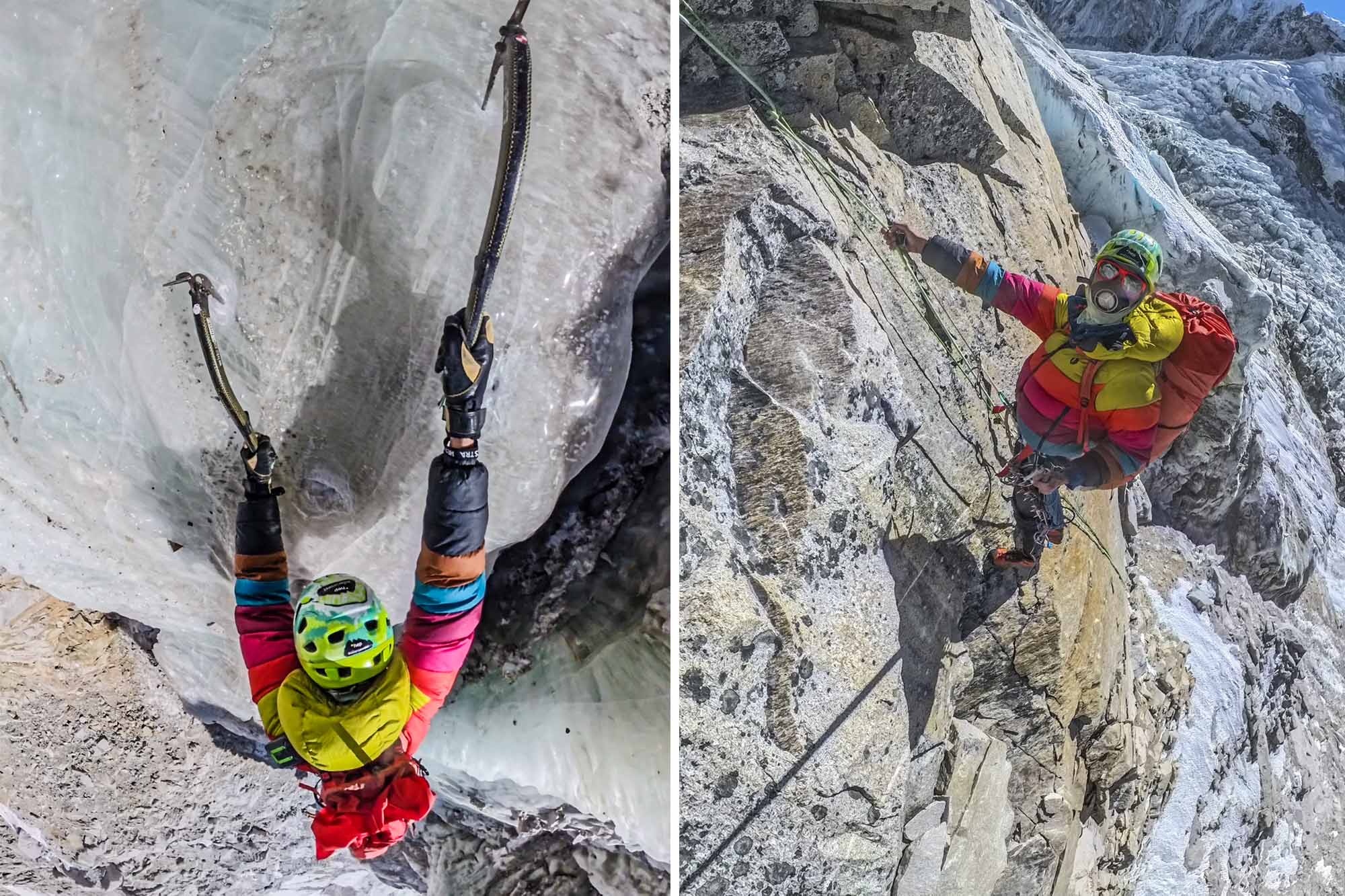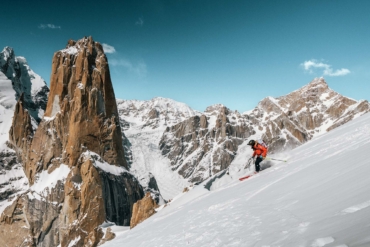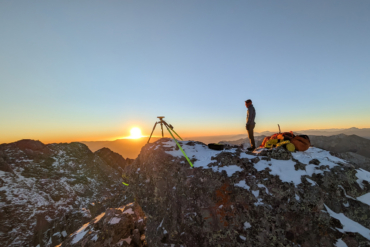The original version of this story appeared on ExplorersWeb.
The cost of Everest climbing permits will rise 36% beginning this fall, the Nepalese government announced this week. However, that news surprised few of the mountain’s many guiding companies.
More significant is a new regulation that could ban independent climbers from all of the country’s peaks over 8,000 m. This new regulation — often overlooked in news reports focusing on price increases — states that everyone on Everest has to hire a guide. One guide is responsible for at most two clients.
While not specified in Nepal’s new rules, the mandatory guide is presumed to be a Sherpa or other Nepalese ethnic group. It’s unclear whether a Western guide will suffice. Nepal has not yet forbidden climbs without bottled oxygen, as China has done for the Tibetan side of Everest.
In any case, a Sherpa guide often carries a spare oxygen system if needed. ExplorersWeb explored the nuances of that issue in a previous story about what it means to climb with Sherpa support, as explained by clients and guides.

Precedents
Mandating an obligatory guide has often been discussed in recent years, but especially after the dramatic death of Suhajda Szilard of Hungary. Suhajda attempted to climb Everest on his own without supplementary oxygen.
In the end, he perished, possibly of exhaustion, during his final push. Others saw him progressing extremely slowly or sitting down at the Balcony at 8,400 m. A fellow climber took a picture of Suhajda, which turned out to be the last image of him alive.
Some companies offer places to independent climbers on Everest, charging them for Base Camp logistics and a fee to use the ladders in the Khumbu Icefall and the fixed ropes along the route. Other companies only accept no-O2 climbers if at least one Sherpa accompanies them.
Safety vs. Adventure
With the new measures, David Goettler of Germany or Piotr Krzyzowski of Poland would not have been able to climb Everest (and also Lhotse, in Krzyzowski’s case) as they did — meaning without oxygen or Sherpa support. The long-cherished dream of completing the Everest-Lhotse traverse — along the ridge without descending to Camp 4, as Denis Urubko and Kilian Jornet tried to do — may no longer be possible.
Moreover, will solo climbs — such as Jost Kobusch’s on Everest — even be an option next winter?
In addition, the guides will cost more, as the fee that Nepalese climbers must pay to climb Everest has also risen from about $550 to $1,100.

The Business of Alpinism
This measure applies not only to Everest but also to all the country’s 8,000m peaks. It is hard to know how strictly it will be applied, but if it is, it will mean the end of independent climbs on many of the 14×8,000ers. Some climbers will continue to eschew oxygen, but the obligatory support will completely change the climber’s independence.
The new regulations seem to go one step further toward prioritizing safety on Nepal’s highest peaks. Purists may argue that alpinism no longer exists on the 8,000m peaks anyway, as everyone uses fixed ropes and well-broken trails. Yet it remains to be seen whether climbers tackling these mountains in the off-season or by different routes are exempt from the measure.
Another interesting question is whether Sherpa support results in lower death rates on the 8,000ers, and Everest in particular. The number of casualties on Everest has been terrible in the last 2 years. Yet, except for Suhajda Szilard, all other casualties were either supported climbers or those providing the support.
Higher Permit Fees
While fall expeditions are extremely rare, permits increase this September from $5,500 to $7,500. That’s still half the cost of a spring permit. In exchange for post-holing through post-monsoon snow and no ladders or ropes in the Khumbu Icefall, you get solitude on the mountain.
The real hit will come in spring 2026 when the cost of an Everest permit rises from $11,000 to $15,000. That’s when 99% of climbs take place. However, as ExplorersWeb previously explained, this increase will hardly affect those upscale clients who are already paying $100,000 or more for a fully catered Everest climb. The price increase will mainly affect those seeking the lowest prices (still over $40,000).
Winter permits cost even less than fall permits but are also rising slightly. If Jost Kobusch returns to Everest next winter, with or without a Sherpa, he will have to pay $1,000 more. The permit increases from $2,750 to $3,750 for Everest climbs between December and February.

Wait and See
The regulations were approved on January 8 but have not yet appeared in the official Nepal Gazette. Many details remain unclear, such as how Nepalese officials would enforce the rule requiring guides.
Over the years, ExplorersWeb reporters have seen how new regulations and mandates come down before every climbing season. Some are applied flexibly; others are ignored. We’ll have to wait and see how climbers and operators adapt or find a way to interpret the rules according to their interests.







